The discovery of the skeleton dating back about 12,500 - 12,000 years, "Trang An Warrior", brings outstanding scientific values.
According to information from the Trang An Scenic Landscape Complex Management Board, within the framework of the SUNDASIA Archaeological Project at Thung Binh 1 Cave, scientists have discovered and published valuable scientific information about a healthy male skeleton, 1.7m tall and died at the age of 35, dating back to about 12,500 - 12,000 years ago, which is exceptionally well preserved.
The important discovery helps scientists gain new insights into the fields of archaeology, paleoanthropology, genetics and social interactions in prehistoric communities in Vietnam and Southeast Asia.
The cause of death of the man was determined to be a rib injury caused by a sharp-tipped quartz tool that later caused an infection.
Fracture damage and evidence of infection on the ribs, along with a microscopic quartz spike. Photo: CMS; AW Reconstruction
The skeleton found belongs to the late Ice Age period and is in a relatively good state of natural preservation. This is considered the oldest known human mitochondrial DNA in Vietnam. Mitochondrial DNA analysis shows that the ancient Thung Binh 1 people belong to the M branch (macrohaplogoup M) of the indigenous lineage, with genetic relationships with early hunter-gatherer communities in Southeast Asia and South Asia.
The discovery of the skeleton dating back about 12,500 – 12,000 years, “Trang An Warrior”, brings outstanding scientific values of rare evidence of conflict and violence in hunting and gathering of prehistoric people. In addition, the mitochondrial DNA sample helps scientists have a more intuitive view and clearer analysis of ancient genetics.
In addition, the quartz spikes found are not similar to the stone tools at Thung Binh 1, possibly being foreign products due to conflicts or exchanges with other groups of residents or a form of manufacturing technology of the Trang An residents at that time, which will also help researchers better understand the cultural exchanges of prehistoric people.
Currently, the 12,000-year-old skeleton of the “Trang An Warrior” is preserved in a solid wooden coffin, covered with resin for long-term preservation and placed at the Tam The Temple (Bai Dinh Pagoda). According to the plan, by February 2026, the “Trang An Warrior” will be enshrined at the Kinh Thien Altar.
Source: https://baovanhoa.vn/van-hoa/bo-xuong-12000-nam-tuoi-dat-tai-chua-bai-dinh-167045.html












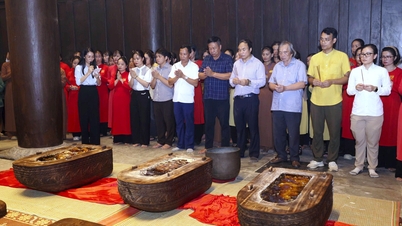




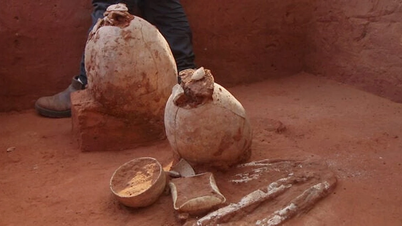
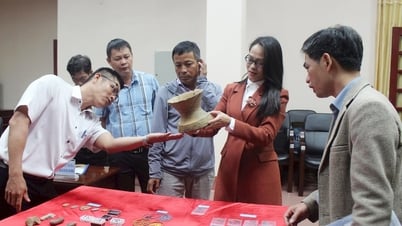

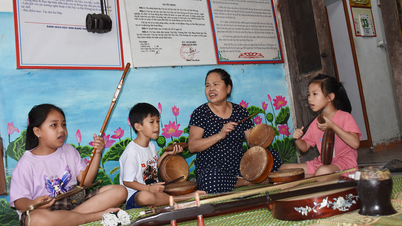







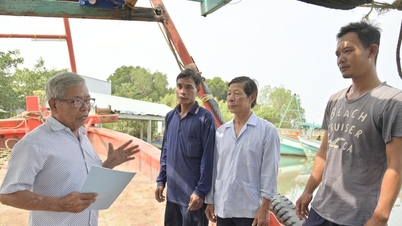







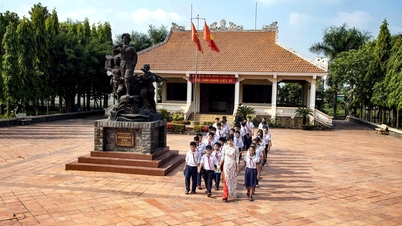
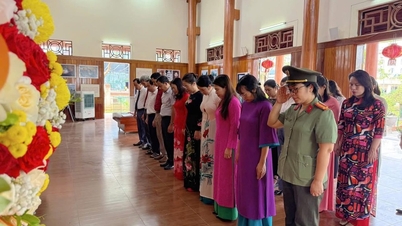


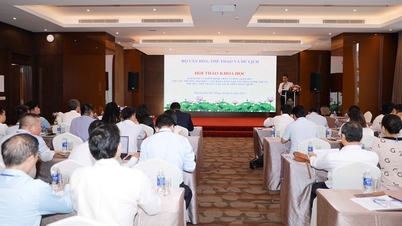
![[Photo] President Luong Cuong receives President of the Cuban National Assembly Esteban Lazo Hernandez](https://vphoto.vietnam.vn/thumb/1200x675/vietnam/resource/IMAGE/2025/9/30/4d38932911c24f6ea1936252bd5427fa)
![[Photo] Panorama of the cable-stayed bridge, the final bottleneck of the Ben Luc-Long Thanh expressway](https://vphoto.vietnam.vn/thumb/1200x675/vietnam/resource/IMAGE/2025/9/30/391fdf21025541d6b2f092e49a17243f)
![[Photo] The 1st Congress of Phu Tho Provincial Party Committee, term 2025-2030](https://vphoto.vietnam.vn/thumb/1200x675/vietnam/resource/IMAGE/2025/9/30/1507da06216649bba8a1ce6251816820)
![[Photo] Solemn opening of the 12th Military Party Congress for the 2025-2030 term](https://vphoto.vietnam.vn/thumb/1200x675/vietnam/resource/IMAGE/2025/9/30/2cd383b3130d41a1a4b5ace0d5eb989d)
























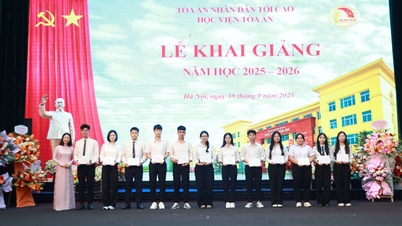









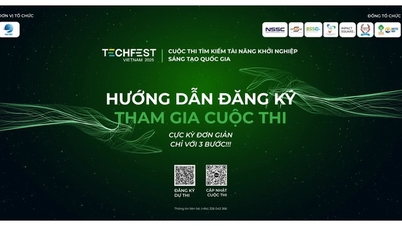








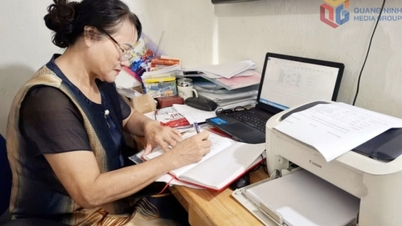

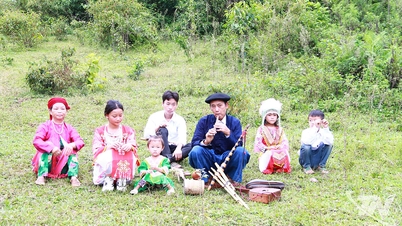

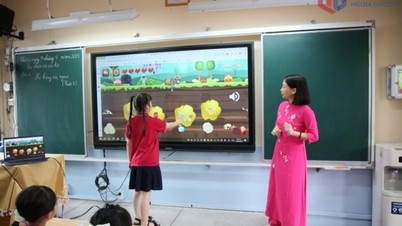

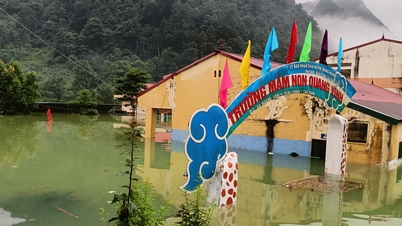














Comment (0)